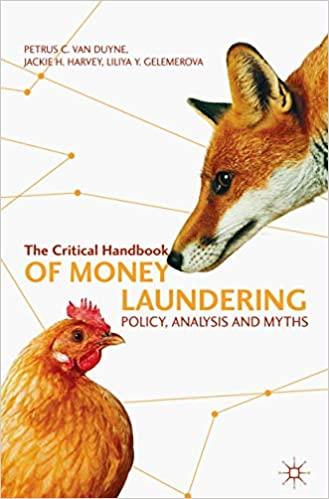Question
Yum Brands stock is selling for $55. When you cover you hold enough of the stock to cover the contract. You sell an option contract
Yum Brands stock is selling for $55. When you cover you hold enough of the stock to cover the contract. You sell an option contract for a $2 premium. You receive this money at the sale of the contract, so if you sold one contract, you made $200. Prior to expiration, Yum shares go up to $64. You have a contract that says you will sell it for $60. For the covered call seller, the fact that you covered takes the intrinsic value out of play. Your profit on the stock is $60 - $55 = $5. Your profit on the premium is $2. Total profit to the call seller $7. The call option buyer as noted above made $2 a share. The share price moved from $55 to $64, or a $9 move. $7 of the move goes to the covered call seller, and $2 of the move goes to the call buyer.
Can you explain what is going on in this problem? I don't understand how the seller of the option can be making money when the price of the stock increases. I get that being "covered" means you own enough stock to cover the contract, but how does that come into play here? Thank you!
Step by Step Solution
There are 3 Steps involved in it
Step: 1

Get Instant Access to Expert-Tailored Solutions
See step-by-step solutions with expert insights and AI powered tools for academic success
Step: 2

Step: 3

Ace Your Homework with AI
Get the answers you need in no time with our AI-driven, step-by-step assistance
Get Started


